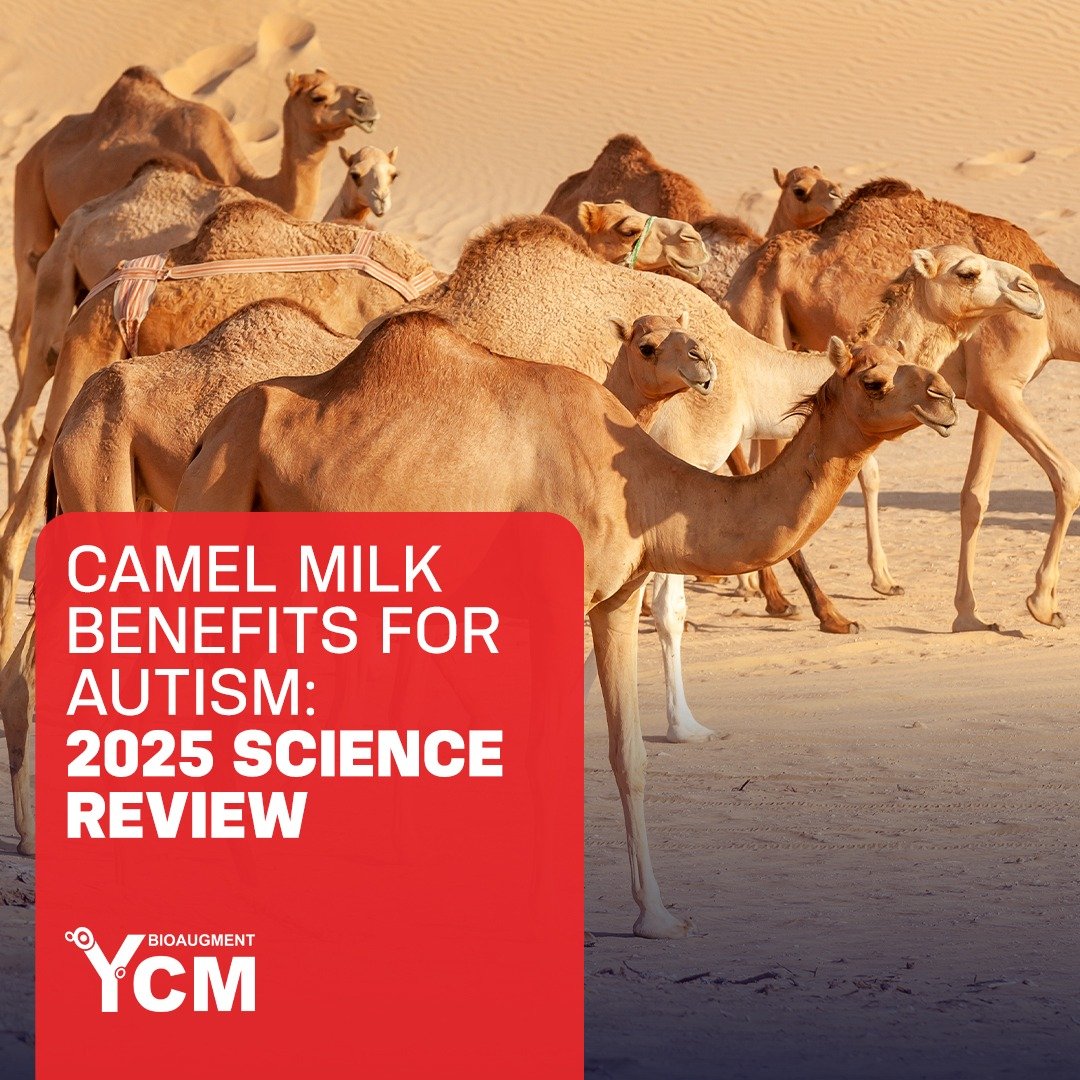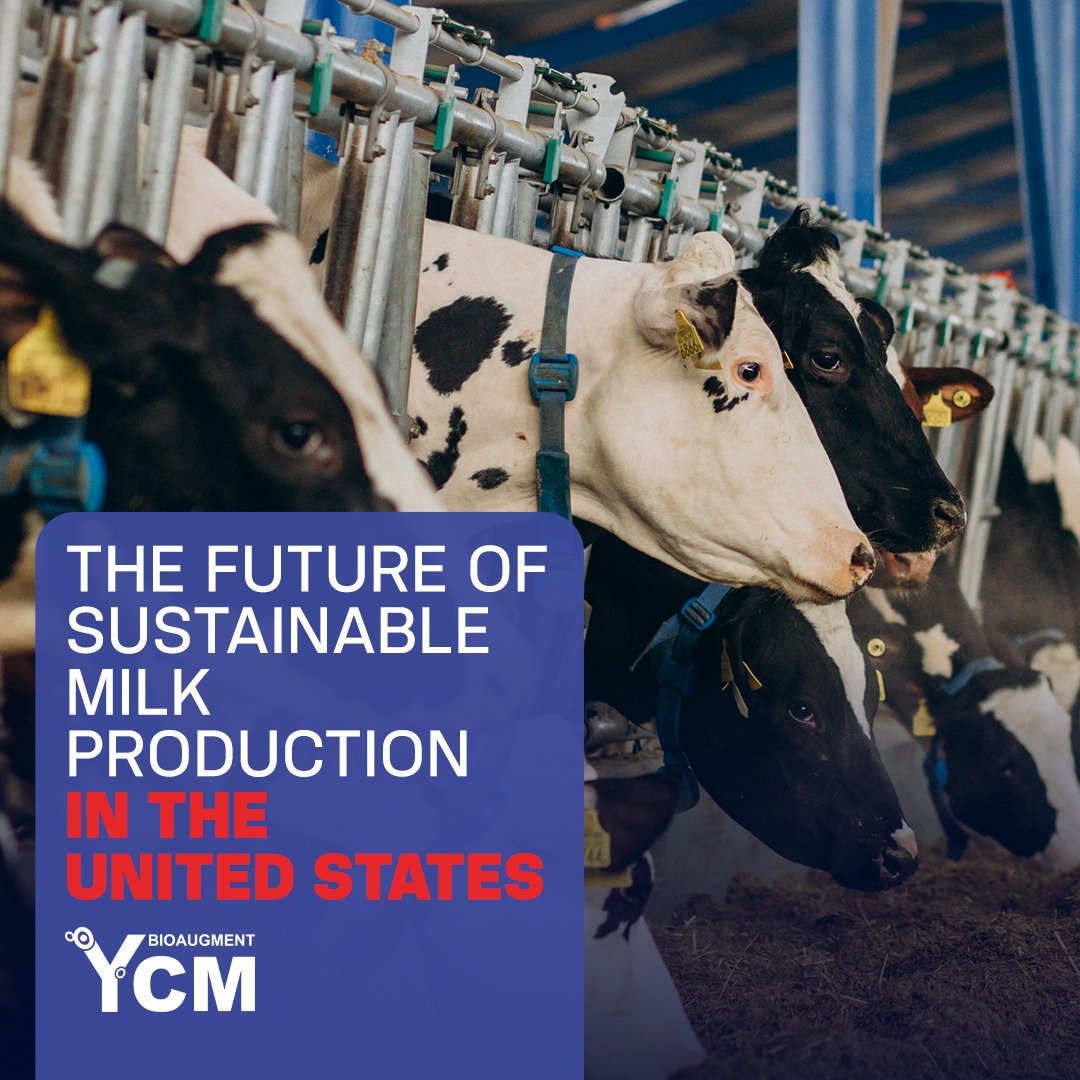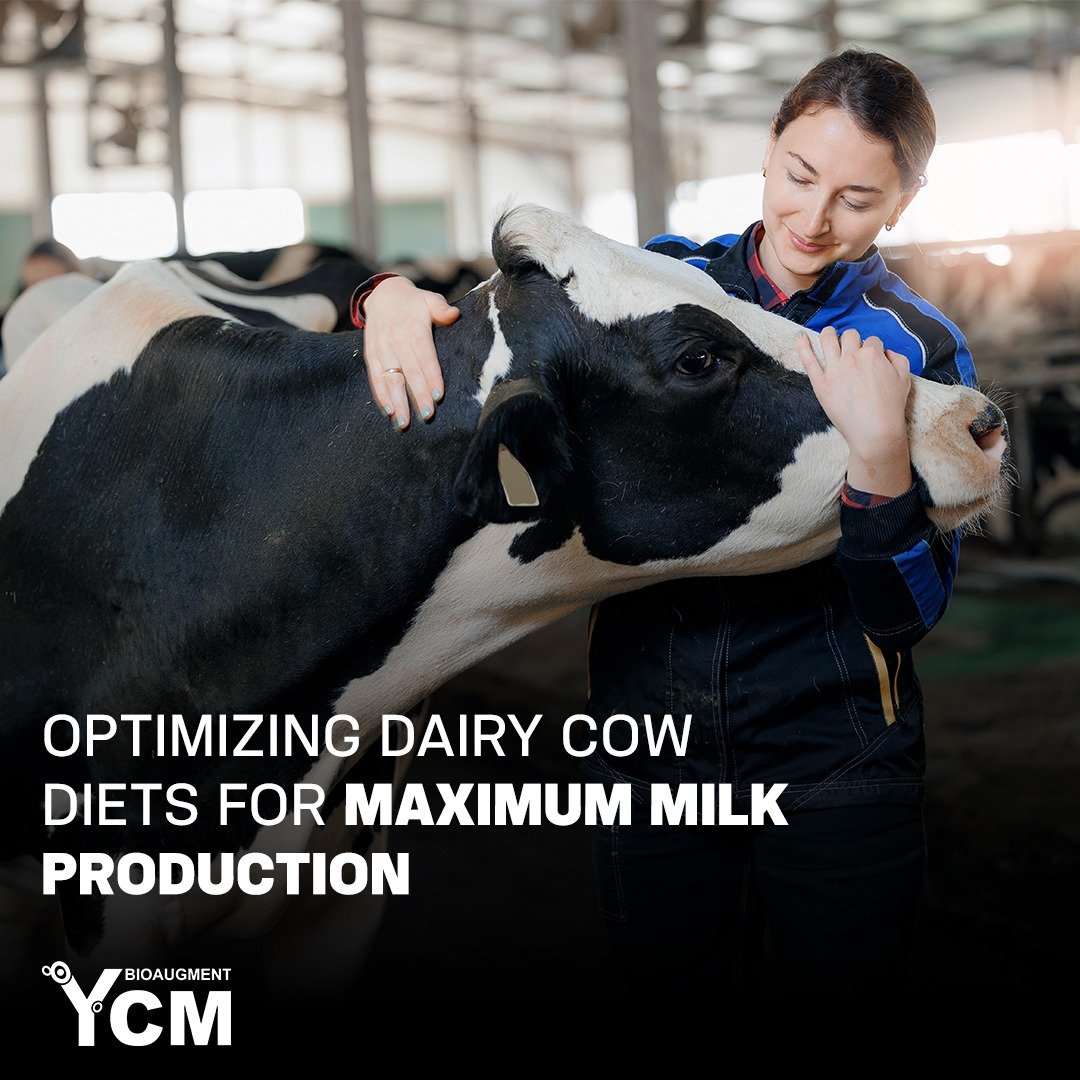For U.S. dairy farmers, achieving high milk production while controlling feed costs is a constant challenge. The key lies in choosing the right dairy cattle feed—one that maximizes nutrient utilization and improves feed efficiency without compromising animal health.
A well-balanced feed plan doesn’t just support milk yield; it enhances rumen function, boosts immunity, and ensures consistent cow performance throughout the lactation cycle.
Why Feed Efficiency Matters
Feed accounts for nearly 60–70% of total dairy farm expenses. Improving feed efficiency means producing more milk per pound of feed consumed—directly increasing profitability.
Factors that influence feed efficiency include:
-
Nutrient composition of the diet.
-
Feed digestibility and particle size.
-
Rumen microbial activity.
-
Animal genetics, age, and stage of lactation.
Types of Dairy Cattle Feed
1. Forages
High-quality forages like alfalfa, clover, and corn silage are the foundation of any dairy ration. They provide essential fiber to support rumen health and volatile fatty acid (VFA) production.
2. Concentrates
Grains such as corn, barley, and oats deliver energy for milk synthesis. The right balance between forage and concentrate prevents digestive upset and acidosis.
3. Protein Sources
Soybean meal, canola meal, and cottonseed meal supply amino acids needed for milk protein and muscle development.
4. Mineral & Vitamin Mixes
Trace minerals like calcium, phosphorus, and zinc, along with vitamins A, D, and E, are vital for lactation, reproduction, and immune strength.
5. Functional Additives (Postbiotics)
Natural postbiotics such as YCM (Yeast Culture Metabolites) improve rumen fermentation, stabilize gut microbiota, and help cows extract more nutrients from every bite of feed.
Feed Selection Tips for U.S. Dairy Farmers
-
Test forage and silage for nutrient content regularly.
-
Maintain an ideal forage-to-concentrate ratio (60:40).
-
Include buffers to prevent rumen acidosis.
-
Adjust rations based on milk yield and body condition.
-
Collaborate with a qualified nutritionist or feed consultant.
Role of YCM in Feed Efficiency
YCM supports feed conversion by enhancing microbial activity and increasing VFA production in the rumen. This leads to:
-
Higher energy extraction from fiber.
-
Improved milk yield and quality.
-
Reduced risk of digestive disorders.
-
Better overall herd health and performance.
Conclusion
Choosing the right dairy cattle feed is one of the most powerful ways to improve feed efficiency, milk production, and herd profitability. By combining quality forages, balanced nutrients, and advanced feed additives like YCM, U.S. dairy farmers can build a nutrition program that delivers consistent, sustainable results year after year.






